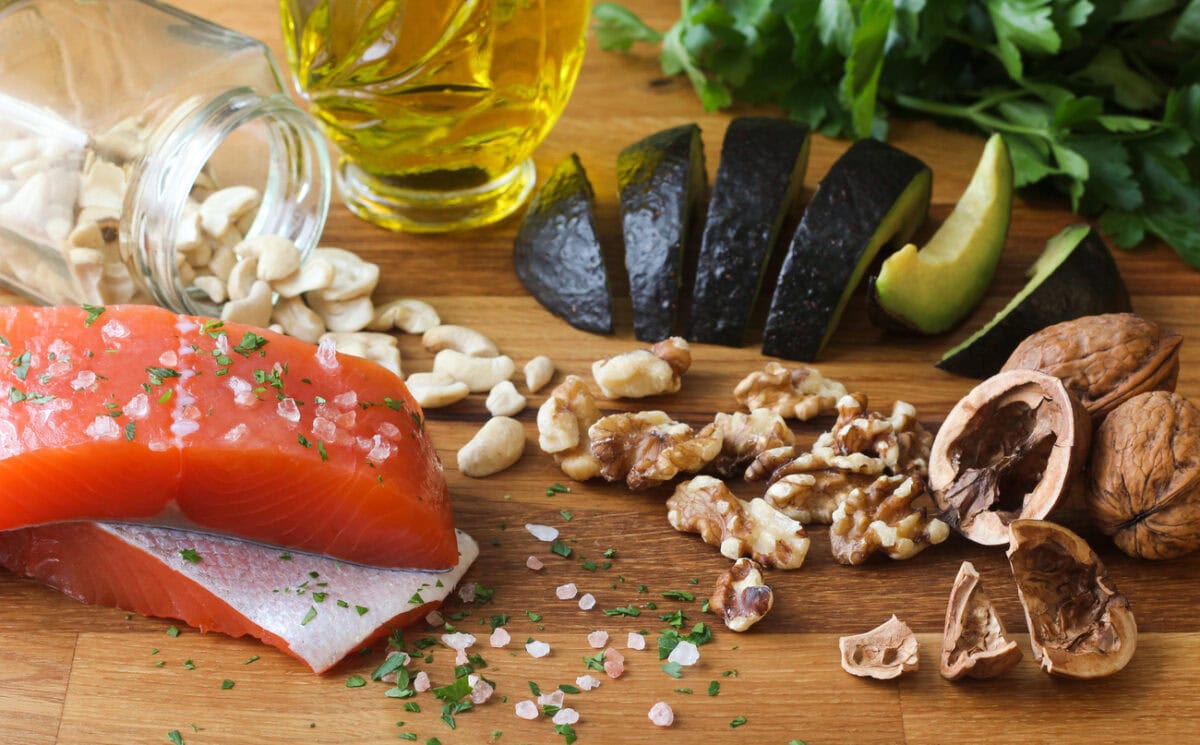Subscribe for News and Updates
Stay informed with the latest news, updates, and episodes from the HeadWise podcast.
Not everyone with headache disorders or migraine disease is affected by food triggers. However, certain foods may contribute to attacks in some individuals. Because patients often ask about diet, the information below is provided as a possible consideration.
A 2023 systematic review of seven nonrandomized studies found that the connection between tyramine-containing foods and migraine remains unclear. While some people reported headache attacks after eating these foods, the evidence is not definitive.
In addition, current research is beginning to focus on the potential benefits of an Anti-Inflammatory Diet for people living with headache or migraine.
Tyramine is produced in foods from the natural breakdown of the amino acid tyrosine. Tyramine is not added to food. Tyramine levels increase in foods when they are aged, fermented, stored for long periods of time, or are not fresh.
The following list highlights foods that may be included, limited, or avoided as part of a low-tyramine diet.
*Adapted from the Columbus Hospital & Diamond Headache Clinic Low Tyramine Headache Diet.
Freshly purchased and prepared meats, fish, and poultry Eggs Tuna fish, tuna salad (with allowed ingredients)
Bacon*, sausage*, hot dogs*, corned beef*, bologna*, ham*, any luncheon meats with nitrates or nitrites added. Meat with tenderizer added Caviar
Aged, dried, fermented, salted, smoked, or pickled products. Pepperoni, salami, and liverwurst. Non-fresh meat or liver, pickled herring
Milk: whole, 2% or skim Cheese: American, cottage, farmer, ricotta, cream cheese, velveeta, fresh mozzarella
Yogurt, buttermilk, sour cream: ½ cup per day Parmesan* or Romano* as a garnish (2 tsp.) or minor ingredient
Aged cheese: blue, brick, brie cheddar, Swiss, Roquefort, stilton, provolone, Emmentaler, etc.
Commercially prepared yeast Product leavened with baking powder: biscuits, pancakes, coffee cakes, etc. Cooked and dry cereals Pasta: spaghetti, rotini ravioli, (w/allowed ingredients), macaroni, and egg noodles
Homemade yeast leavened breads and coffee cakes Sourdough breads
Any with a restricted ingredient
Asparagus, string beans, beets, carrots, spinach, pumpkin, tomatoes, squash, zucchini, broccoli, potatoes, onions cooked in food, Chinese pea pods, navy beans, soybeans, any not on restricted list
Raw onion
Snow peas, fava or broad beans, sauerkraut, pickles and olives Fermented soy products like miso, soy sauce, and teriyaki sauce
Apple, applesauce, cherries, apricots, peaches, any not on restricted list
Limit intake to ½ cup per day from each group: Citrus: orange, grapefruit, tangerine, pineapple, lemon and lime Avocados, banana, figs*, raisins*, dried fruit*, papaya, passion fruit, and red plums
None
None
None
All nuts: peanuts, peanut butter, pumpkin seeds, sesame seeds, walnuts, pecans
Soups made from allowed ingredients, homemade broths
Canned soups with autolyzed or hydrolyzed yeast*, meat extracts*, or monosodium glutamate*(MSG)
None
Decaffeinated coffee, fruit juices, club soda, caffeine-free carbonated beverages
Limited caffeinated beverages to no more than 2 servings per day: Coffee and tea: 1 cup = 1 serving carbonated beverages and hot cocoa or chocolate milk: 12oz = 1 serving Limit alcoholic beverages to one serving: 4oz Riesling wine, 1.5oz vodka or scotch per day = 1 serving per day (May need to omit if on MAOI)
Alcoholic beverages: Chianti, sherry, burgundy, vermouth, ale, beer, and non-alcoholic fermented beverages. All others not specified in caution column
Any made with allowed foods and ingredients: sugar, jelly, jam, honey, hard candies, cakes, cookies
Chocolate based products: ice cream (1 cup), pudding (1 cup), cookies (1 average size), cakes (3” cube), and chocolate candies (½oz). (All count as one serving of caffeinated beverage)
Mincemeat pie
Any not listed in the restricted section
None
MSG* (in large amounts), nitrates and nitrites (found mainly in processed meats), yeast, yeast extracts, brewer’s yeast, hydrolyzed or autolyzed yeast, meat extracts, meat tenderizers (papain, bromelain) seasoned salt (containing MSG), soy sauce, teriyaki sauce
All cooking oils and fats White vinegar Commercial salad dressing with allowed ingredients All spices not listed in restricted ingredients
Wine, apple, or other fermented vinegars*
None
Small changes in daily habits can help you better understand whether food is a trigger for your headache or migraine attacks.
Everyday dietary habits and precautions that may help reduce the risk of headache or migraine attacks.
This easy-to-use guide from the National Headache Foundation provides a detailed look at foods that may be included, limited, or avoided on a low-tyramine diet. It’s designed to help you make informed choices and track what works best for you.

Current research is beginning to focus on the potential benefits of an Anti-Inflammatory Diet for people living with headache or migraine.
Learn More »
Stay informed with the latest news, updates, and episodes from the HeadWise podcast.
